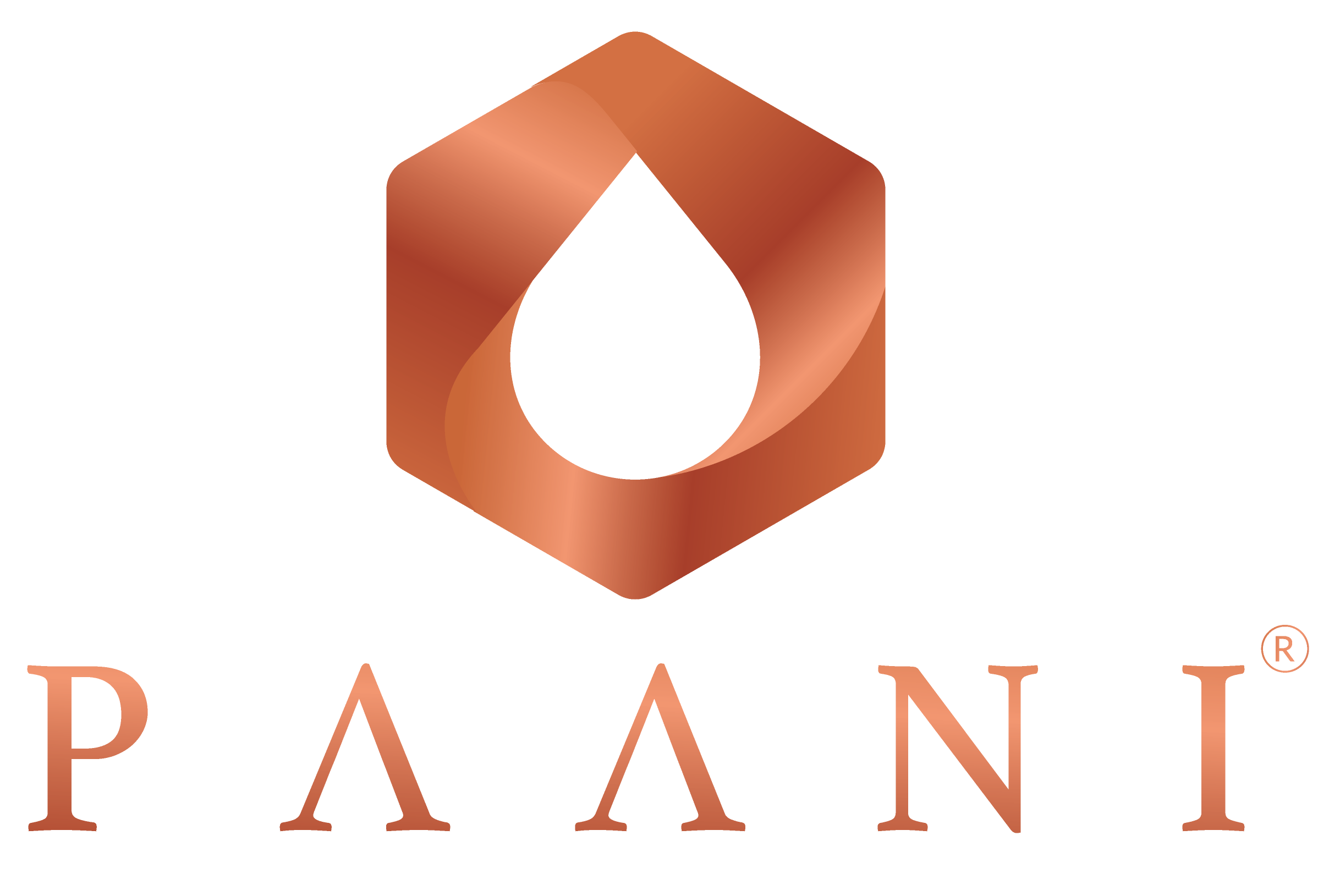HOW DO INSULATED WATER BOTTLES WORK?
Insulated water bottles have become increasingly popular due to their ability to keep drinks at the desired temperature for extended periods. But how do these bottles actually work? In this blog, we’ll dive into the science behind insulation, how heat transfer operates, and why Paani intentionally chooses not to create insulated copper bottles.

What is an Insulated Water Bottle?
An insulated water bottle is designed with double walls to maintain a drink's temperature. Unlike regular bottles, which allow heat to move freely between the inside and outside, insulated bottles create a barrier to keep the internal contents either warm or cold for longer. This makes them ideal for situations where you want to enjoy hot tea or iced water hours after pouring.
How Does Heat Travel?
To understand how insulated water bottles work, it’s essential to understand how heat moves. Heat travels through three main processes:
- Conduction – The transfer of heat through a solid material.
- Convection – The transfer of heat through liquids or gases.
- Radiation – The transfer of heat in the form of electromagnetic waves, like the warmth you feel from sunlight
A regular water bottle without insulation will allow heat to move via conduction and convection, meaning the contents will reach room temperature over time.
How Does an Insulated Bottle Work?
Insulated bottles create a barrier by using double walls, typically with a vacuum in between. The vacuum between these walls effectively halts heat transfer by reducing conduction and convection, as there is no air to carry heat. This way, cold or hot drinks inside the bottle stay at their initial temperature much longer than they would in a single-walled bottle.
Understanding Heat Transfer
Heat naturally flows from warmer to cooler areas until the temperatures equalize. By creating a vacuum between layers, insulated bottles minimise heat transfer through conduction and convection. This allows a drink's temperature to remain stable for hours. Reflective materials can also be used within the bottle to reduce radiant heat transfer, keeping your cold drinks colder and your hot drinks hotter.
Why Paani Opts Out of Insulated Copper Bottles
At Paani, we’ve made a conscious decision not to create double-walled or insulated copper bottles, staying true to the ancient principles of Ayurveda. According to Ayurvedic wisdom, water is best consumed at room temperature or lukewarm to support digestion and maintain balance. Cold water can hinder digestion and reduce the body’s internal “digestive fire,” or Agni.

Additionally, copper itself has a unique property to self-sterilise over time, creating copper ions that kill bacteria. When used as a single-walled bottle, this effect can actively purify the water within a few hours. However, when used in a double-walled format, copper’s antimicrobial properties are less effective since the water is isolated from the copper surface.
Why would we choose to keep water stored cold or hot for 24 hours? It might allow for the build-up of unwanted chemicals or particles, and fresh, pure water is always preferable. Our purpose is to support fresh hydration, which is why we embrace the motto: Drink Fresh. Drink Pure. Drink Paani.
Conclusion
Insulated bottles work by creating a vacuum barrier that effectively reduces heat transfer and maintains drink temperature. Although they offer practical benefits, at Paani, we’ve found that the wellness and environmental benefits of single-walled copper align best with our mission. By providing a single-walled copper bottle, we ensure the highest quality, freshtasting water that is in harmony with Ayurvedic well-being principles.
Back to blogs
